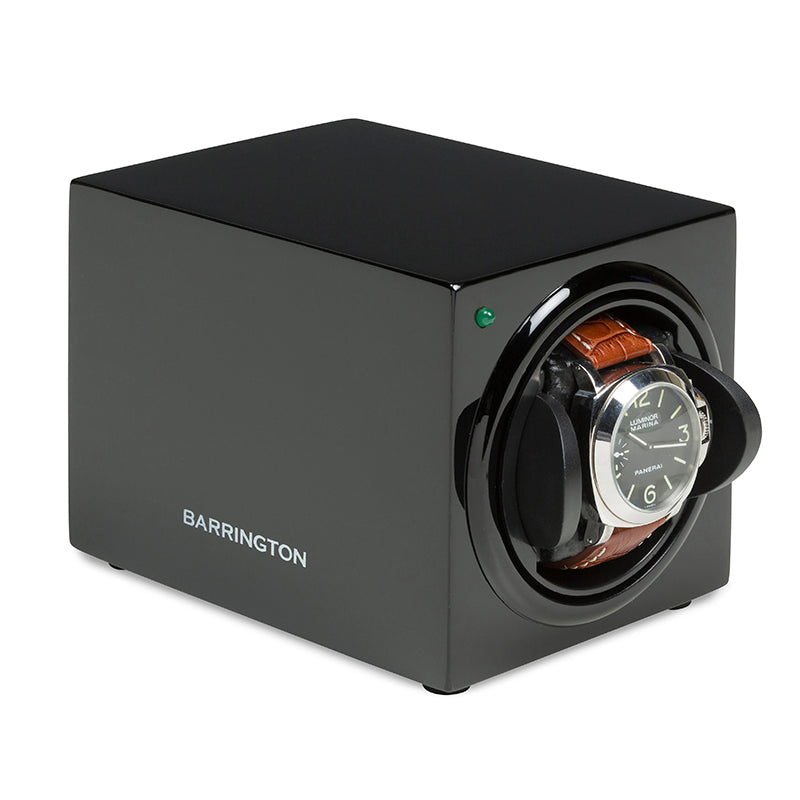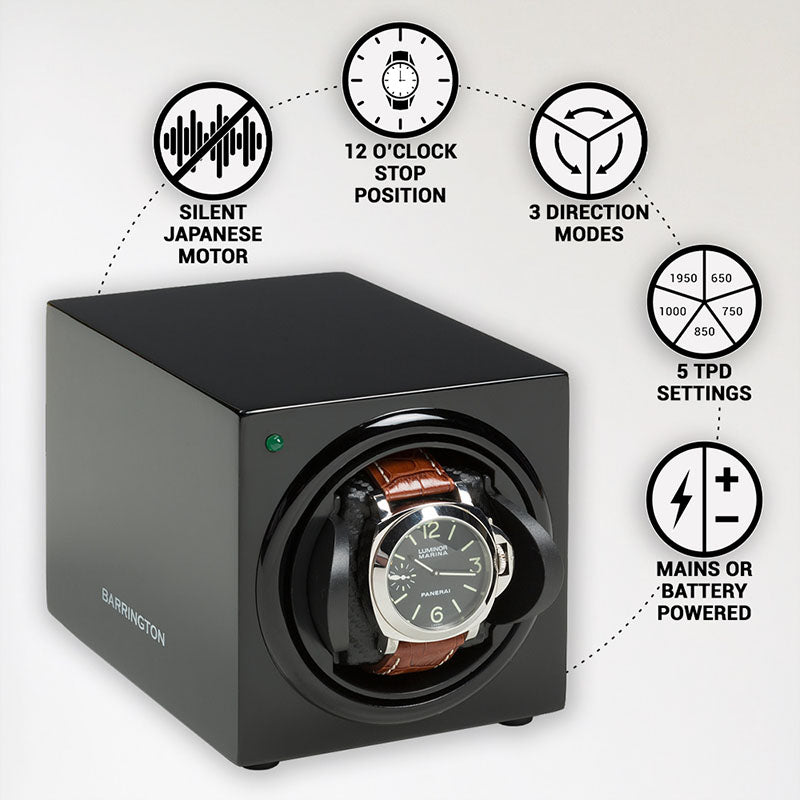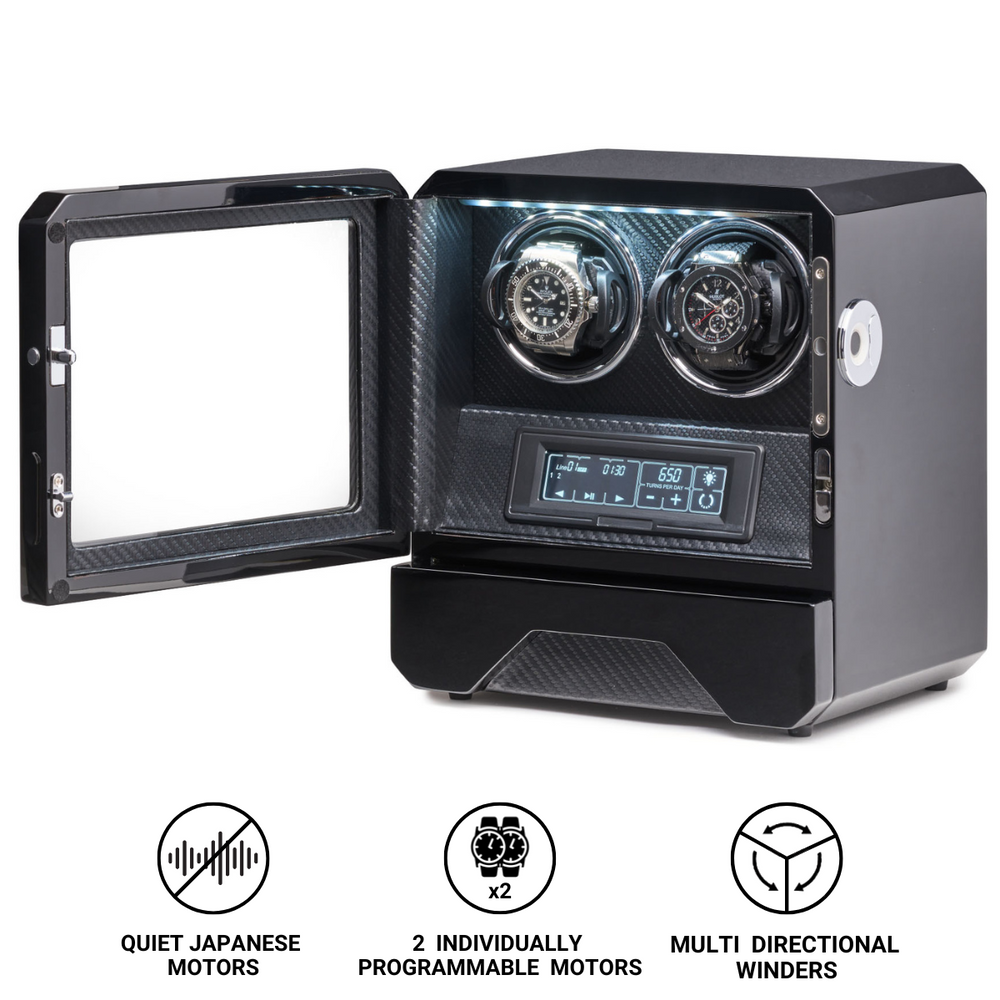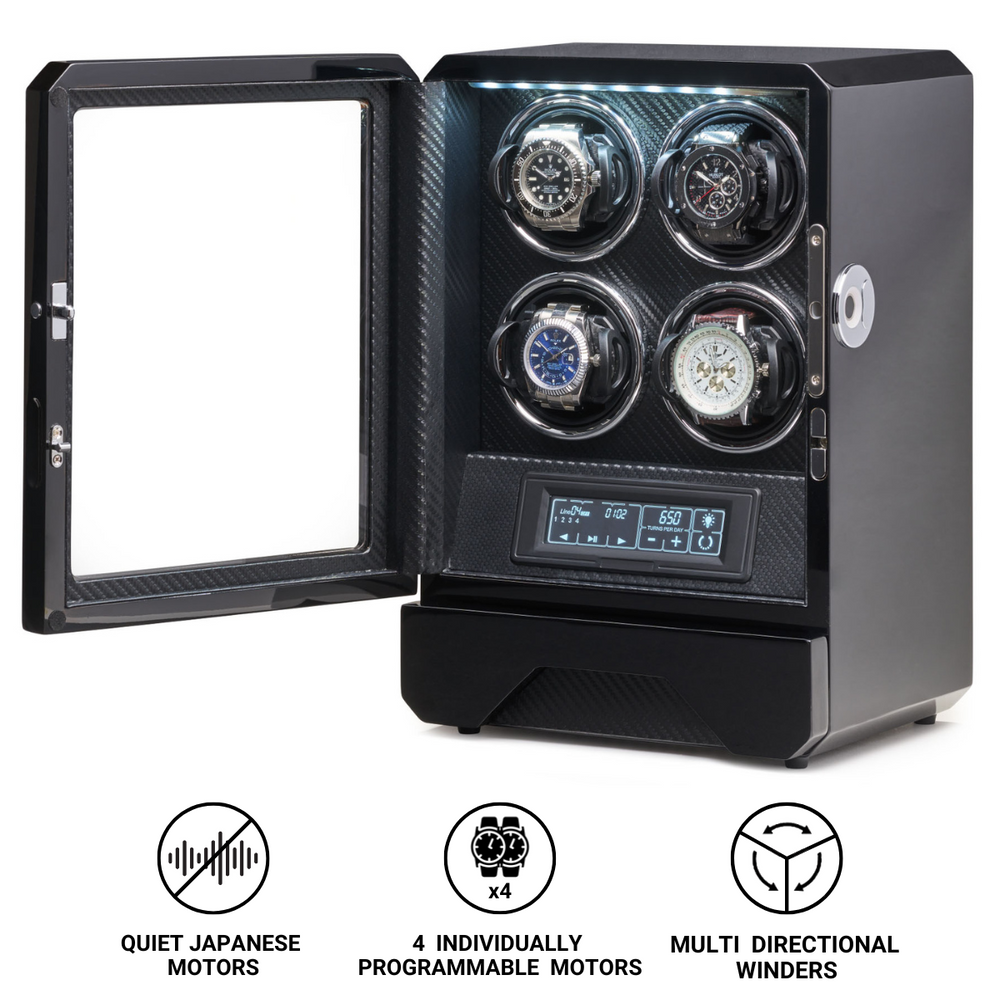What is Hacking Seconds?
Among the many refinements in mechanical watchmaking, few features combine practicality and elegance as effectively as hacking seconds. This function, which halts the seconds hand when the crown is pulled out to set the time, might appear simple on the surface. However, its significance in the evolution of precision watchmaking is substantial. By allowing the wearer to synchronise a watch perfectly with a reference time, hacking seconds transformed the mechanical wristwatch from a mere time-telling device into a reliable instrument of coordination and accuracy.
For collectors and enthusiasts alike, the presence of a hacking seconds mechanism is not only a sign of technical sophistication but also a nod to the traditions of military and professional horology, where exact timekeeping could mean the difference between success and failure.
The Origins of Hacking Seconds
The hacking seconds mechanism first appeared in the early twentieth century, coinciding with the rise of wristwatches as essential tools rather than ornamental accessories. Before its invention, setting the exact time on a mechanical watch was difficult because the seconds hand continued to move even as the wearer adjusted the hour and minute hands. This meant that precise synchronisation with an external clock or another watch was nearly impossible.
The term "hacking" is believed to originate from military slang, where soldiers would "hack" or stop the movement of their watches to synchronise with a common reference before coordinated operations. The first hacking movements were introduced in military timepieces during the 1930s and 1940s, particularly by brands such as Hamilton, Longines, and Omega, which produced field and navigation watches for armed forces.
During World War II, accurate timekeeping became crucial for aviation, naval, and infantry operations. Pilots and navigators needed to coordinate with extreme precision for mission timing, bombing runs, and navigation. Watches with hacking seconds allowed units to synchronise their timepieces down to the second, ensuring uniform timing across different personnel and divisions. This practical function quickly became a hallmark of high-grade military watches.
How the Hacking Seconds Mechanism Works
The mechanical principle behind hacking seconds is deceptively simple but requires careful design to maintain the integrity of the movement. In a typical mechanical watch, when the crown is pulled out to the time-setting position, the gear train continues to move, driven by the mainspring. The hacking mechanism introduces a component that halts this motion temporarily.
When the crown is pulled out, a small lever or spring engages with the balance wheel, the oscillating component that regulates timekeeping. The lever either lightly presses against the rim of the balance wheel or stops the escape wheel, effectively freezing the movement of the entire gear train. As a result, the seconds hand stops immediately, allowing the wearer to align it with a precise time source.
Once the crown is pushed back in, the lever disengages, and the balance wheel resumes oscillation. The watch starts running again from the exact point set by the wearer.
While simple in concept, this mechanism requires careful tuning. Too much pressure on the balance can damage delicate components, while too little pressure may fail to stop the movement cleanly. High-quality watchmakers often adjust the lever’s position and tension meticulously to ensure smooth and reliable operation.
The Importance of Hacking Seconds in Precision Timekeeping
The primary advantage of the hacking seconds function is the ability to synchronise a watch precisely with a known time source, such as an atomic clock, radio signal, or another timepiece. For professions that demand exact coordination, this feature has historically been invaluable.
In military, aviation, and scientific contexts, synchronisation ensures that all participants operate according to a unified time standard. Even a few seconds of discrepancy could affect mission outcomes, especially before the advent of digital timekeeping and satellite navigation.
For everyday users, hacking seconds provides satisfaction in precision. When setting a watch, the ability to stop the seconds hand and start it exactly on the reference time’s zero second mark creates a sense of mastery and connection to the mechanics within. This tactile interaction is one of the pleasures of owning a mechanical timepiece, bridging human intent and mechanical function.
The Evolution of Hacking Seconds Across Watchmaking
Initially, the hacking seconds mechanism was limited to military and professional tool watches. However, as the demand for precision spread through civilian markets, more manufacturers began incorporating it into their movements. By the mid-twentieth century, hacking seconds had become a mark of quality, appearing in chronometers and high-grade dress watches alike.
Brands such as Rolex, Omega, and Seiko were early adopters, integrating hacking seconds into their automatic and manual movements. The Rolex Explorer, for example, featured a hacking function to ensure that explorers and professionals could rely on perfectly synchronised time. Seiko also made significant contributions, introducing hacking movements in its tool watches from the 1960s onward, including models used by the Japanese military.
Over time, the feature became a standard in most modern mechanical movements, though it is still more common in higher-end calibres or those designed for precision. Some manufacturers, particularly those focused on cost-effective or entry-level watches, may omit hacking to simplify the movement and reduce friction on the escapement.
Hacking Seconds and Chronometry
In the world of chronometry, where the measurement of time is a science in itself, the hacking seconds mechanism represents a key step toward achieving absolute precision in daily use. A mechanical watch, no matter how accurate, is only as precise as the time it is set to. Without the ability to stop and synchronise the seconds hand, even a chronometer-certified watch cannot be perfectly aligned with a reference time.
Hacking seconds ensures that precision is not only theoretical but also practical. It gives the wearer control over the alignment between watch time and standard time, closing the gap between mechanical potential and real-world use.
This is especially significant for chronometer-grade watches tested by organisations like COSC (Contrôle Officiel Suisse des Chronomètres). While certification focuses on accuracy in rate variation, the hacking feature ensures that a user can take full advantage of the movement’s precision by setting it accurately.
The Role of Hacking Seconds in Modern Watches
Today, hacking seconds is a feature found across a wide spectrum of watches, from utilitarian field models to haute horlogerie creations. Its inclusion often depends on the intended purpose of the watch and the philosophy of the manufacturer.
Tool watches and pilot watches almost always include hacking seconds, as their heritage demands precision and synchronisation. Brands like Sinn, IWC, and Tudor emphasise this function as part of their professional-grade design ethos.
In luxury timepieces, the presence of hacking seconds demonstrates technical refinement and respect for traditional watchmaking values. Even ultra-complicated watches that feature tourbillons, perpetual calendars, or chronographs often incorporate hacking mechanisms to allow for accurate time setting.
Conversely, certain minimalist or historical recreations omit the feature intentionally to preserve the authenticity of older designs. Some vintage-style movements, such as hand-wound calibres from the early twentieth century, are recreated without hacking to maintain mechanical fidelity to their predecessors.
Hacking Seconds vs Non-Hacking Movements
Comparing hacking and non-hacking movements highlights the functional differences between the two and the benefits of precision offered by the former.
-
Hacking Movements: The seconds hand stops completely when the crown is pulled out, enabling exact time synchronisation. This is ideal for professional use, precision enthusiasts, and anyone who values accuracy.
-
Non-Hacking Movements: The seconds hand continues to move during time adjustment. While still accurate in normal operation, setting such a watch to an exact reference time requires estimating or waiting for the seconds hand to align manually.
The difference in user experience is subtle but meaningful. Many enthusiasts regard hacking seconds as a small yet essential feature that elevates a mechanical watch from a mere object of beauty to a practical instrument.
The Collector’s Appreciation of Hacking Seconds
Among collectors and purists, the presence of a hacking seconds feature can influence a watch’s desirability, particularly in military and tool models. Watches issued to armed forces or aviation personnel that included hacking seconds are often prized for their functional authenticity and historical significance.
Collectors also appreciate the tactile engagement that comes with the mechanism. The act of pulling the crown, watching the seconds hand halt, and setting the time precisely to the second is an intimate ritual that embodies the charm of mechanical watch ownership. It connects the wearer to the traditions of precision and discipline that underpin horology.
Furthermore, vintage hacking movements are admired for their engineering ingenuity. In an age before electronic timing devices, the ability to mechanically stop and restart a balance wheel without damage demonstrated remarkable technical mastery.
The Psychological and Symbolic Aspects
Beyond its technical and historical value, hacking seconds carries symbolic weight. It represents control, precision, and attention to detail. The ability to halt time momentarily, even in a mechanical sense, appeals to a universal human fascination with mastery over time.
For professionals and enthusiasts alike, synchronising a watch perfectly reflects discipline and awareness of time’s passage. The mechanism’s simplicity belies its philosophical depth: it embodies the desire to align one’s own rhythm with the greater rhythm of the world.
Conclusion
The hacking seconds mechanism is a small but profound achievement in the history of watchmaking. Born from the needs of military precision, it has become an enduring feature that bridges functionality, tradition, and elegance.
Whether found in a rugged field watch or a refined mechanical masterpiece, hacking seconds embodies the spirit of precision that defines horology itself. It offers both practical benefits and emotional satisfaction, reminding us that true craftsmanship lies not only in complexity but also in attention to the smallest details.
In a world increasingly dominated by digital timekeeping, the simple pleasure of stopping a seconds hand to align it with exact time remains deeply meaningful. Hacking seconds is more than a mechanical feature—it is a celebration of precision, discipline, and the human connection to time.









